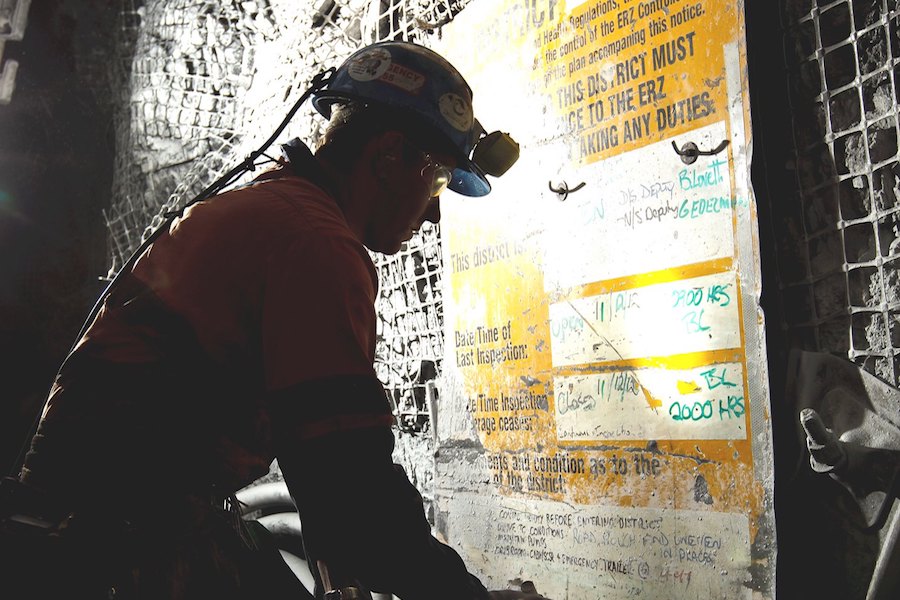Anglo American cuts 2023 copper output target on poor Chilean ore grades

Global miner Anglo American Plc on Friday cut its copper production estimates for 2023 because of deteriorating ore grades at its Chilean mines, and trimmed the higher-end of its output target for 2022.
The London-listed miner expects its copper mines to produce between 840,000 and 930,000 tonnes in 2023 compared with a prior estimate of 910,000 tonnes to 1.02 million tonnes.
In 2022, Anglo aims to produce between 650,000 and 660,000 tonnes of copper compared with the earlier guidance of 640,000 to 680,000 tonnes.
The Quellaveco mine in Peru operated by Anglo began pilot production of copper concentrate last July. Anglo estimates it will produce around 300,000 tonnes a year for the first 10 years.
The company also forecast a 3% drop in overall output this calendar year as the Quellaveco ramp-up and strong diamond output only partly made up for the lower output elsewhere. It said production should grow about 5% in 2023 from 2022.
Chief Executive Duncan Wanblad told investors the company’s focus in 2022 has been to restore normal operations after disruptions from covid-19.
Anglo mines platinum group metals and iron ore, and also produces copper and nickel crucial for electric vehicles.
Wanblad said there would likely be a “structural shortage” of the materials needed to drive the world’s energy transition, adding that permitting is the main factor holding up new mines.
After returning record dividends to shareholders thanks to strong commodity prices in 2021, Anglo cut payouts in July as costs rose and production fell.
High inflation, the prospect of a global recession and doubts about demand in China, the world’s biggest user of raw materials, could hit earnings for Anglo and its peers.
The company expects to spend $5 billion to $6.5 billion annually for the next three years and grow output until 2024, after which it predicts a levelling in 2025.
Anglo said developing the Woodsmith fertiliser nutrients deposit in Britain’s North York Moors National Park, would require an investment of $500 million in 2022 and $800 million next year.
Besides lower grades and water shortage in Chile that would impact copper output, the company said production at its South African unit Kumba Iron Ore will be dented by poor rail capacity.
Poor performance at South African state logistics firm Transnet was exacerbated this year by a strike and a spike in copper cable theft. Inadequate freight rail services have cost exporters including Kumba millions of dollars. CEO Wanblad has said Anglo has been involved in talks with South Africa’s government departments to improve Transnet’s capacity.
RBC Capital analysts said the challenges this year placed “substantial pressure” on the miner compared to its peers.
“This is…largely as a function of the higher rates of underlying growth, which makes operational missteps more noticeable and from some asset-specific challenges – like water in Chile or Transnet rail issues in South Africa,” they said.
(By Clara Denina, Helen Reid and Pushkala Aripaka; Editing by Rashmi Aich, Nivedita Bhattacharjee and Arun Koyyur)
Related Article: Column: Copper mine supply wave arrives but will it be the last?
More News
{{ commodity.name }}
{{ post.title }}
{{ post.date }}



Comments